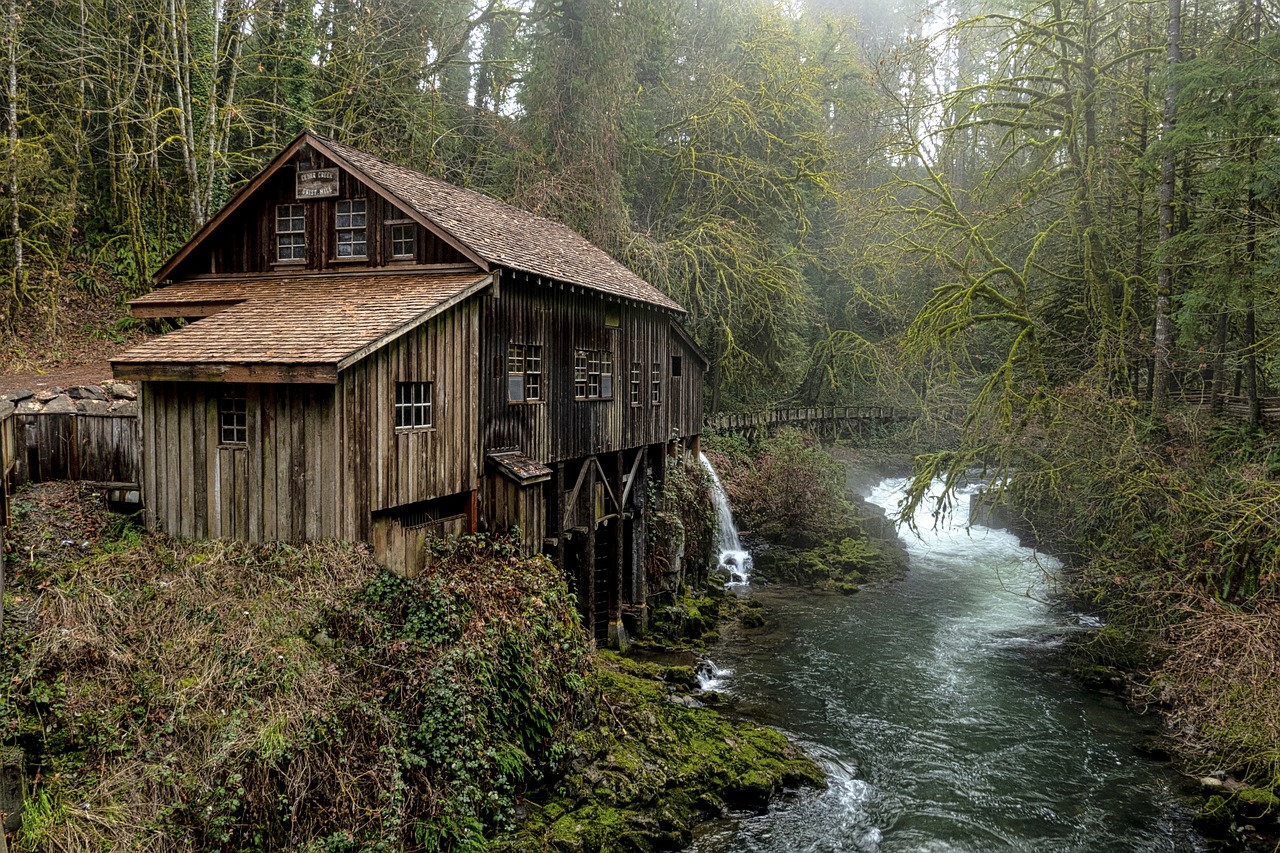Pigeon-Infested Property Auctioned for £12,000
In an unusual real estate offering, a three-bedroom house in South Shore, Blackpool, is set to be auctioned for a starting price of just £12,000. However, potential buyers face a significant challenge, as the property comes with a severe pigeon infestation that will require extensive remediation. This situation underscores broader issues related to urban wildlife management and housing conditions.
Property Condition Raises Concerns
The terraced house located on Haig Road is conveniently near the promenade but has been described by auctioneers as needing a complete “strip out and re-fit.” Due to the property’s deteriorated state, Network Auctions has stated that viewings are not available, as their staff have not been able to inspect the interior.
Images taken in June 2023 depict a derelict space filled with pigeon droppings and multiple birds residing within.
The condition of this property highlights the growing concern over how urban environments are managing wildlife interactions.
The auction is scheduled for December 5, with an estimated selling price ranging between £12,000 and £13,000.
Broader Implications for Urban Wildlife Management
The issue of pigeons in urban areas is not just limited to this property. The RSPCA has reported an increase in the number of domestic pigeons being brought into their care. In response to this situation, Network Rail has announced plans to close allotments where pigeons are kept as part of necessary improvement work. Simultaneously, local councils are implementing measures aimed at deterring these birds from nesting in urban structures to prevent property damage.
As cities contend with both housing shortages and wildlife management challenges, cases like this serve as a reminder of the complexities involved in maintaining urban living spaces.
Looking ahead, it will be crucial for local authorities and community organizations to work together on strategies that balance housing needs with effective wildlife control. The upcoming auction may attract interest from those willing to tackle these challenges head-on but also highlights the necessity for more sustainable solutions in managing urban wildlife populations while preserving human habitation.


